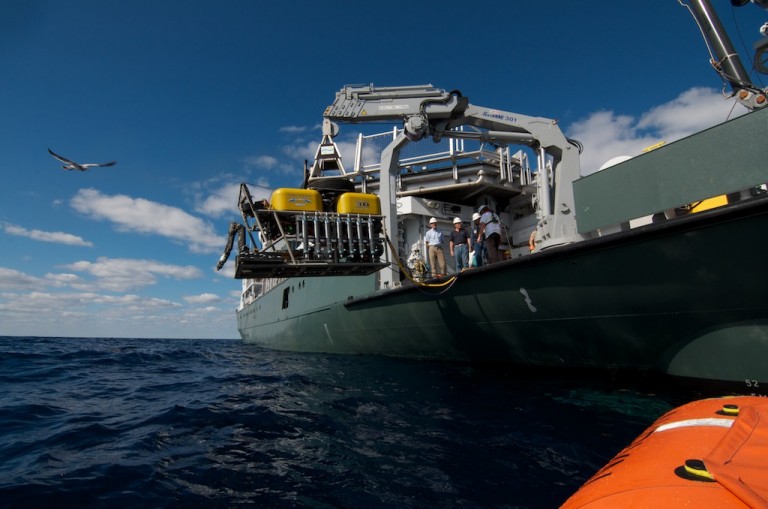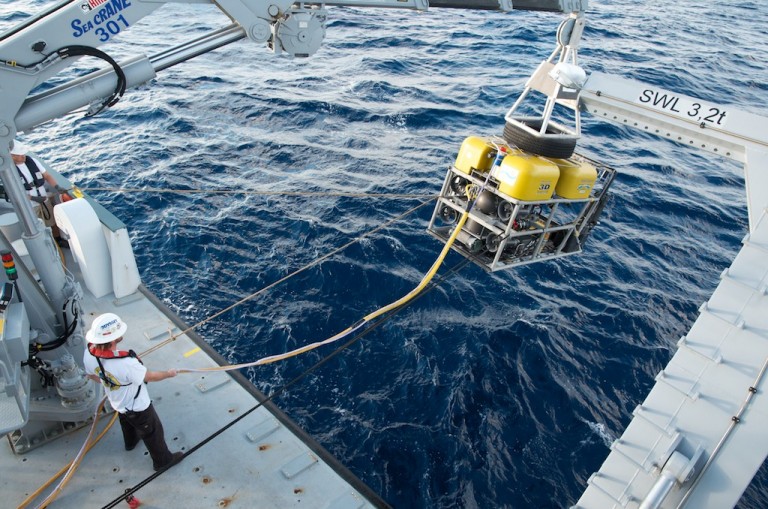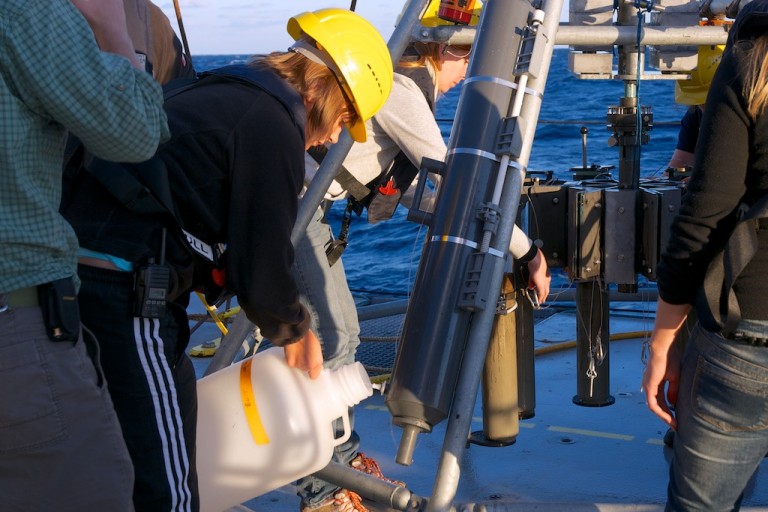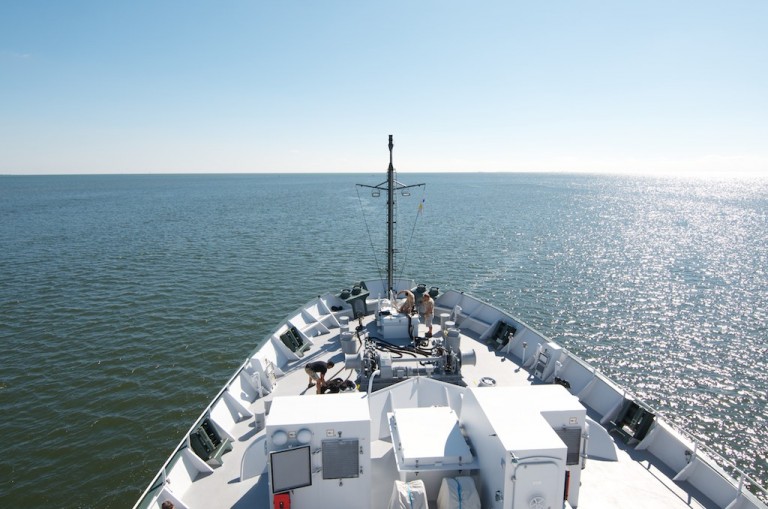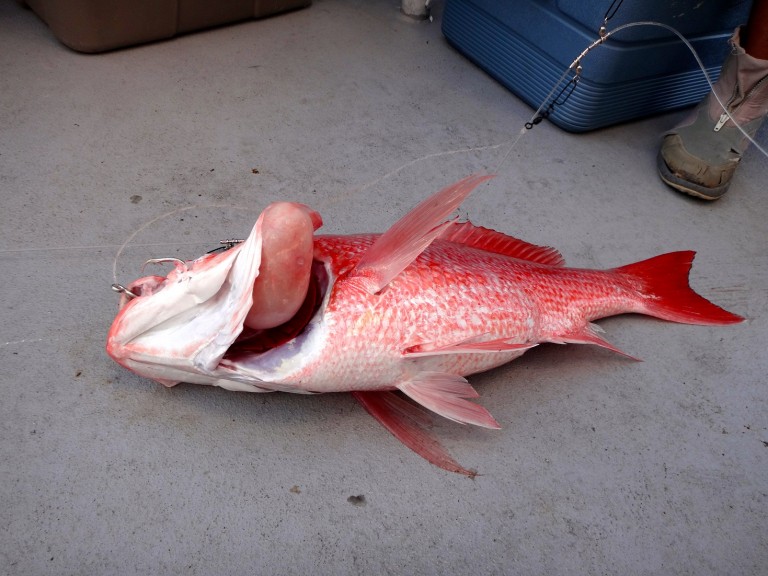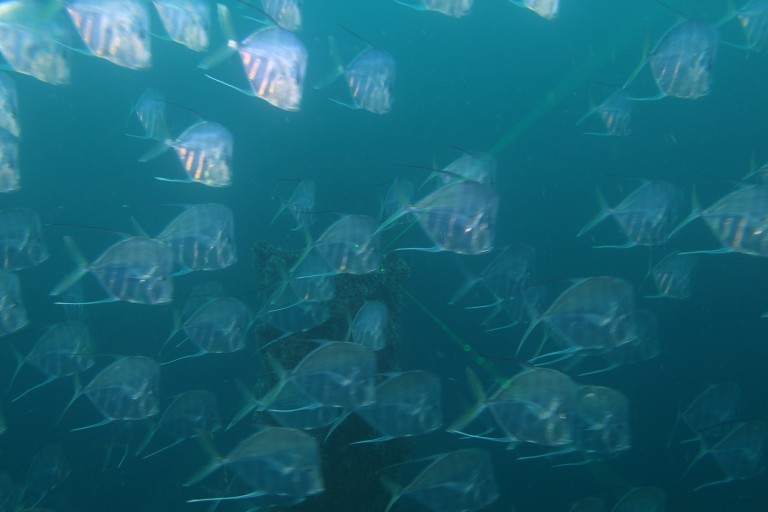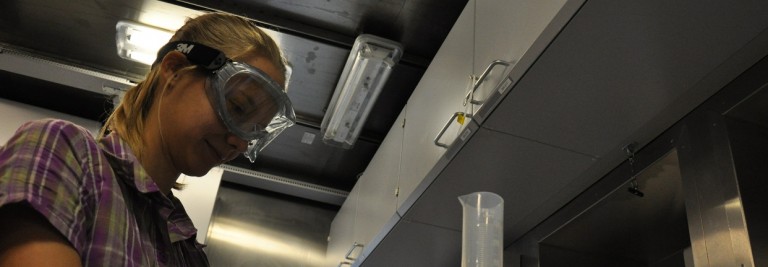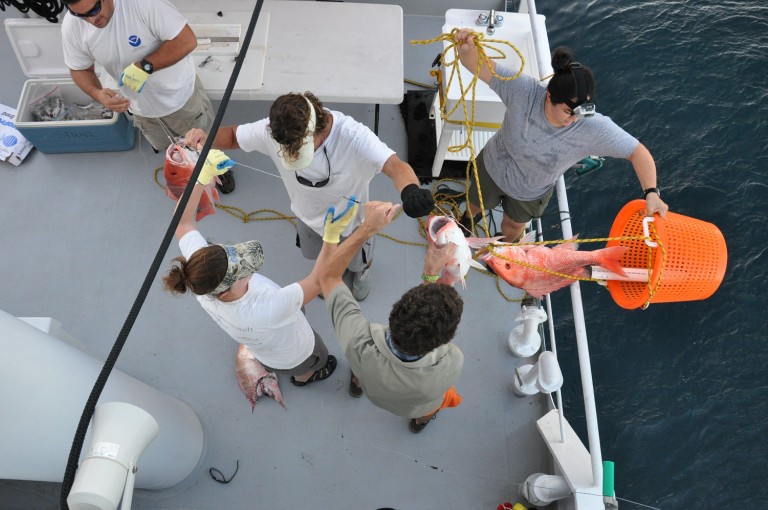Log Post: Land(er) Ho
The second ROV dive of the expedition took place today. Its primary objective was servicing a benthic lander that has been collecting measurements on the seafloor near the Macondo wellhead since April 2012. Dr. Beth Orcutt, a microbiologist, has a collection of sampling equipment onboard the lander and she was in charge of the ROV … Continued
